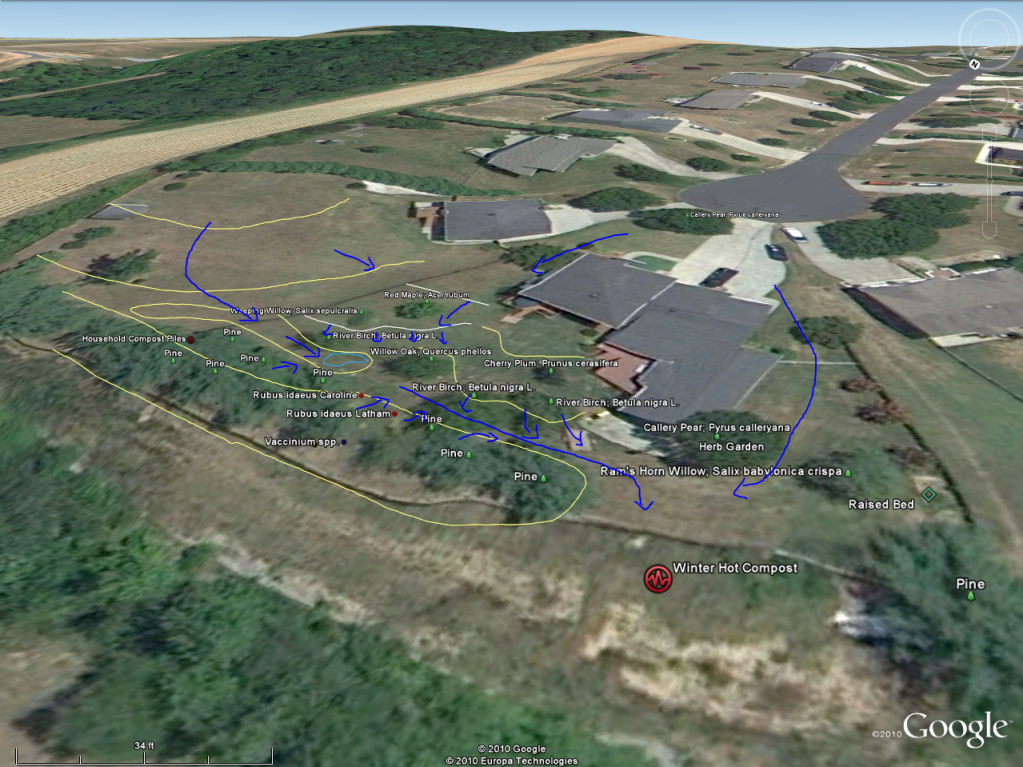
 1
1
























--
len
With peace and brightest of blessings,
"Be Content With What You Have And
May You Find Serenity and Tranquillity In
A World That You May Not Understand."
http://www.lensgarden.com.au/




 Thanks for the visuals. Hopefully I don't screw up the next swale I make.
Thanks for the visuals. Hopefully I don't screw up the next swale I make.http://www.greenshireecofarms.com
Zone 5a in Central Ontario, Canada
































--
len
With peace and brightest of blessings,
"Be Content With What You Have And
May You Find Serenity and Tranquillity In
A World That You May Not Understand."
http://www.lensgarden.com.au/








--
len
With peace and brightest of blessings,
"Be Content With What You Have And
May You Find Serenity and Tranquillity In
A World That You May Not Understand."
http://www.lensgarden.com.au/












--
len
With peace and brightest of blessings,
"Be Content With What You Have And
May You Find Serenity and Tranquillity In
A World That You May Not Understand."
http://www.lensgarden.com.au/








--
len
With peace and brightest of blessings,
"Be Content With What You Have And
May You Find Serenity and Tranquillity In
A World That You May Not Understand."
http://www.lensgarden.com.au/




--
len
With peace and brightest of blessings,
"Be Content With What You Have And
May You Find Serenity and Tranquillity In
A World That You May Not Understand."
http://www.lensgarden.com.au/















 I am trying to say i dont think you attacked me without saying that i dont approve of attacks because i approve of them.
I am trying to say i dont think you attacked me without saying that i dont approve of attacks because i approve of them. 







--
len
With peace and brightest of blessings,
"Be Content With What You Have And
May You Find Serenity and Tranquillity In
A World That You May Not Understand."
http://www.lensgarden.com.au/




--
len
With peace and brightest of blessings,
"Be Content With What You Have And
May You Find Serenity and Tranquillity In
A World That You May Not Understand."
http://www.lensgarden.com.au/








gardenlen wrote:
what gives here why those emoticoms, i never use emoticoms i put a short line of question marks in response to why anyones account should be suspended.
is there a moderator or manager around? to explain the emoticoms and convert them back to the question marks they should be.
len
How permies.com works
What is a Mother Tree ?




--
len
With peace and brightest of blessings,
"Be Content With What You Have And
May You Find Serenity and Tranquillity In
A World That You May Not Understand."
http://www.lensgarden.com.au/





How permies.com works
What is a Mother Tree ?











--
len
With peace and brightest of blessings,
"Be Content With What You Have And
May You Find Serenity and Tranquillity In
A World That You May Not Understand."
http://www.lensgarden.com.au/






















|
That is a really big piece of pie for such a tiny ad:
The new gardening playing cards kickstarter is now live!
https://www.kickstarter.com/projects/paulwheaton/garden-cards
|



